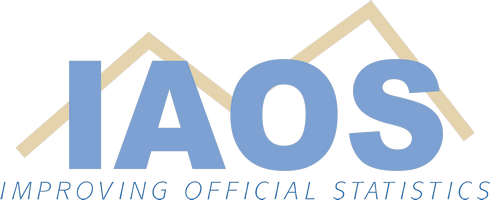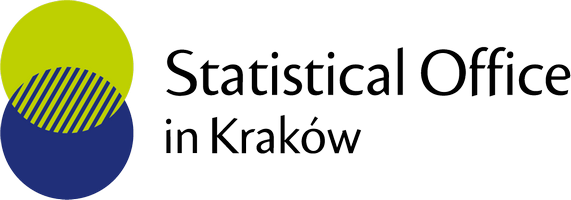| Organizer | Mr. Claude Macchi | Luxembourg | | |
| Chair | Mr. Jean-Pierre Poncelet | Luxembourg | | |
| Speaker | Mr. Andrew Hancock | New Zealand | Economic Statistical Classifications: Remnants of the Ice Age or Influencers of the Space Age | International economic statistical classifications are traditionally known for their complexity, wide-ranging coverage and glacial speed of change. Implementing new content through cyclical revisions, much like the advances and retreats of glaciers, takes an inordinate amount of time. The current revisions of both the International Standard Industrial Classification (ISIC) and the Central Product Classification (CPC) are an attempt to evolve this process. However, in a social media world, obtaining the status of influencers of the space age and reflecting the contemporary reality, is still to be achieved. What does technology enable as an innovative solution for change? |
| Speaker | Ms. Francesca Alonzi | Italy | The new updating process of the ATECO classification | The Italian version of the NACE classification, ATECO, is used at national level for statistical and non-statistical purposes. In June 2020, to ensure the involvement of the main Italian stakeholders in the revision process of the classification of economic activities activated at international level in 2018, a new organizational model was set up under the governance of the so-called ATECO Committee coordinated by Istat and formed by national stakeholders of the classification. With the support of this organism, Istat has developed an official procedure to update the national part of the classification more frequently in order to satisfy domestic needs. |
| Speaker | Mr. Helbling Lorenz | Switzerland | Automation of NOGA coding (NOGAuto) | The Swiss Federal Statistical Office (FSO) launched in 2018 a project called “NOGAuto” to automate the attribution of the economy activity code to businesses in its data innovation strategy to ensure to keep up with time and technology. In order for the project to be considered successful, it follows a predefined structure with three stages with different levels of success that it has to achieve. For this project, natural language processing (NLP) techniques are used for data preparation and the gradient boosting machine (GBM) method is applied for building predictive models. Today a platform has been developed for internal employees |
| Discussant | Ms. Ilaria Di Matteo | USA | | |


